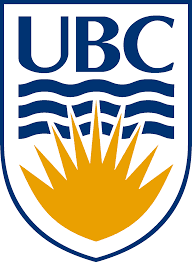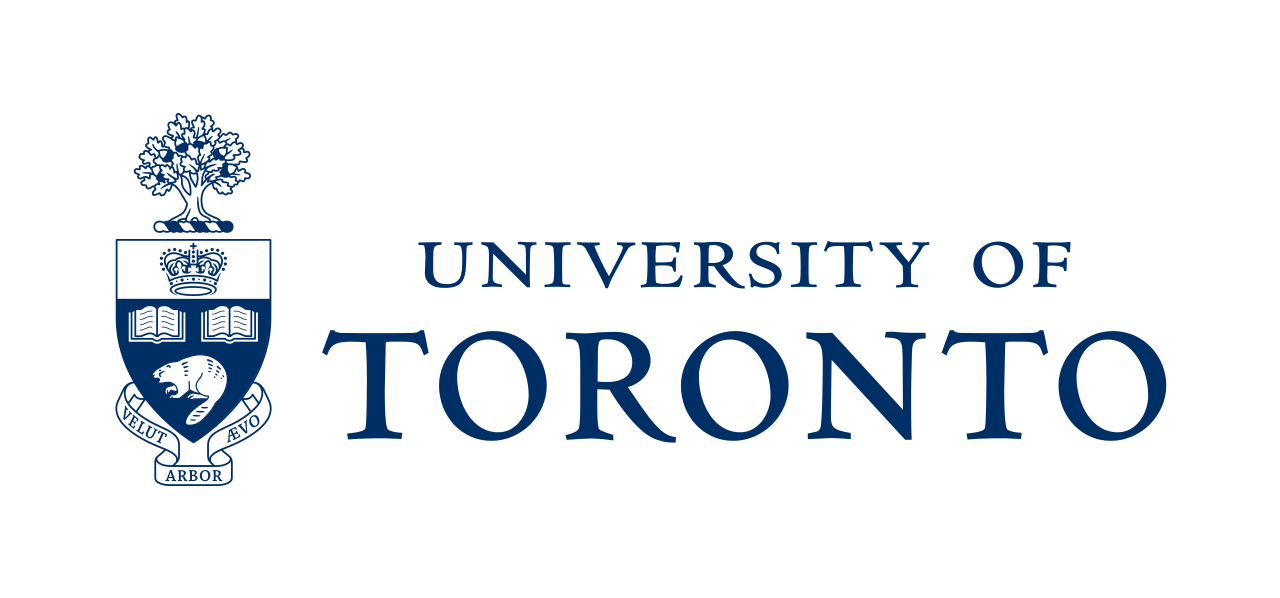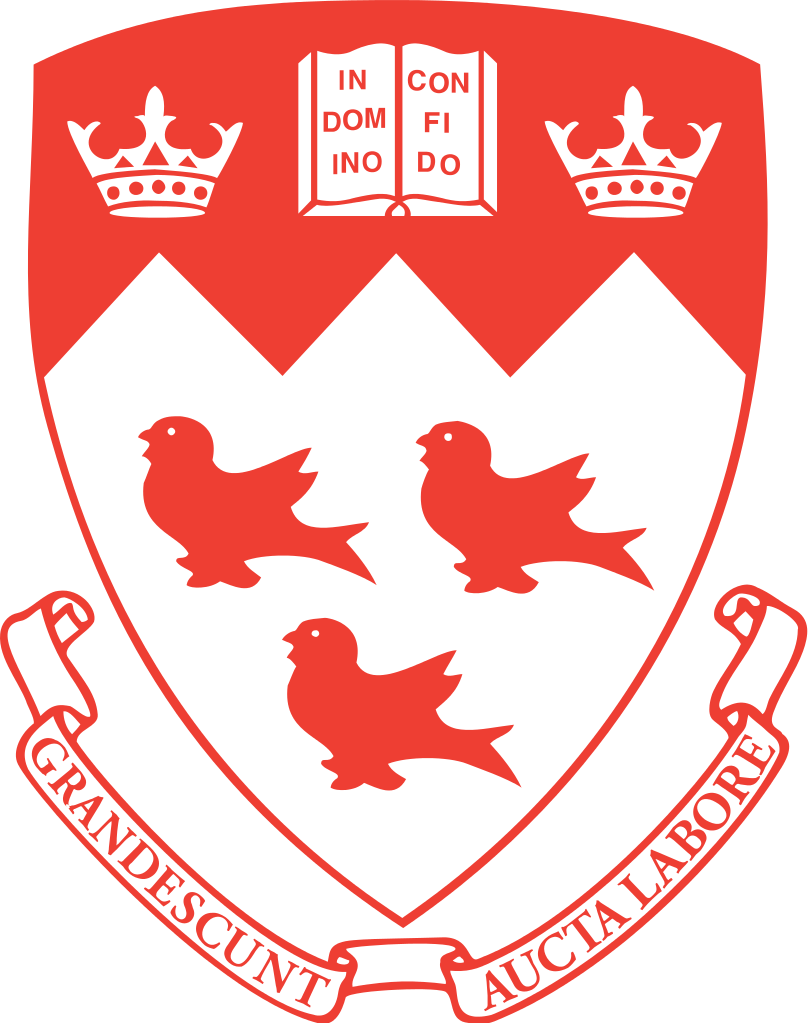
Primary Advisor: Catherine Neish
Secondary Advisor: John Moores
Ms. Alyssa Werynski completed her B.A. in Geophysics, Minor in Mathematics at State University of New York College at Geneseo and is currently pursuing Masters in Geophysics and Planetary Science at University of Western Ontario. As an undergraduate, she completed a research project at SUNY Geneseo to map one of the potential landing sites for NASA’s upcoming Mars 2020 mission. After graduation, she completed two internships at NASA centers. The first – at NASA Marshall – utilized ground-based telescopic observations of asteroids to better constrain their orbits and rotational periods. The second – at NASA Langley – required her to map tens of potential landing sites for the future human exploration of Mars.
Ms. Werynski is now studying a new target of interest, Saturn’s moon Titan. Since arriving at Western, Ms. Werynski has made excellent progress on her thesis work, “Compositional Variations in Titan’s Crust”. Her goal is to use NASA Cassini data to constrain the composition of Titan’s impact craters, and hence, make inferences about its crustal composition. She has quickly picked up the tools needed to accomplish this work, creating a global mosaic of Cassini RADAR data and mapping its impact craters in ArcGIS. She recently presented these results at the Titan Through Time IV workshop, held earlier this month in Greenbelt, MD. Presenting results to a room full of her international peers is an impressive accomplishment for a first year graduate student, and it speaks to her strong ability to conduct (and communicate) scientific research.
Relevance to TEPS
This project will also strengthen international ties in the scientific community. It already involves collaboration between The University of Western Ontario and the Cassini RADAR team, which includes collaborators in France and the US. Additionally, since Titan can be used as an analogue for exoplanets, studying this unique world will allow us to understand more about their possibilities for geology, as well as biology. Titan’s current atmosphere can be compared to Earth’s primitive atmospheric form, teaching us about the origins of life. Understanding more about Titan’s present will lead to a greater understanding of Earth’s past, which is ideal, since the Kepler team has discovered numerous Earth-sized exoplanets.







